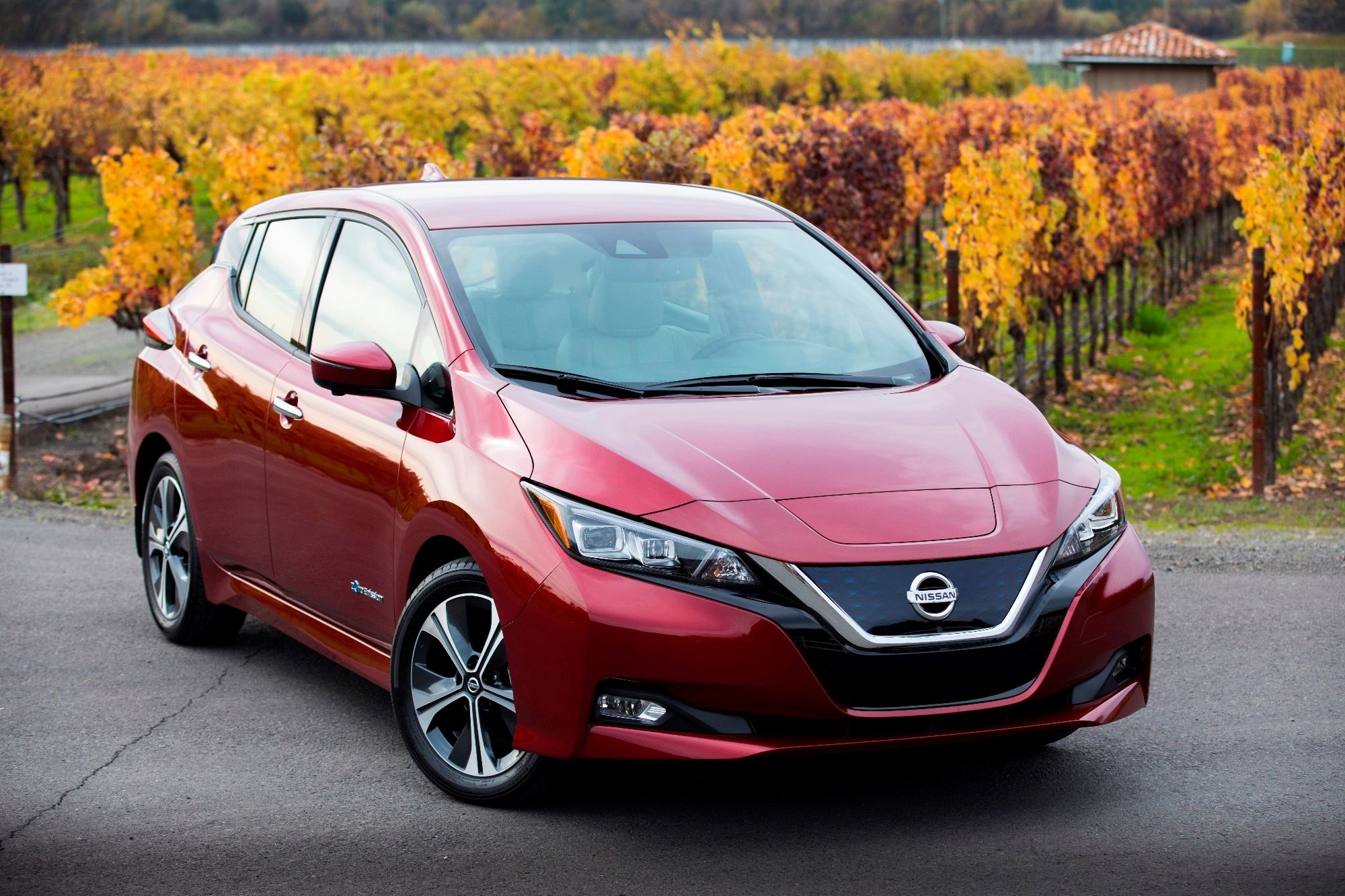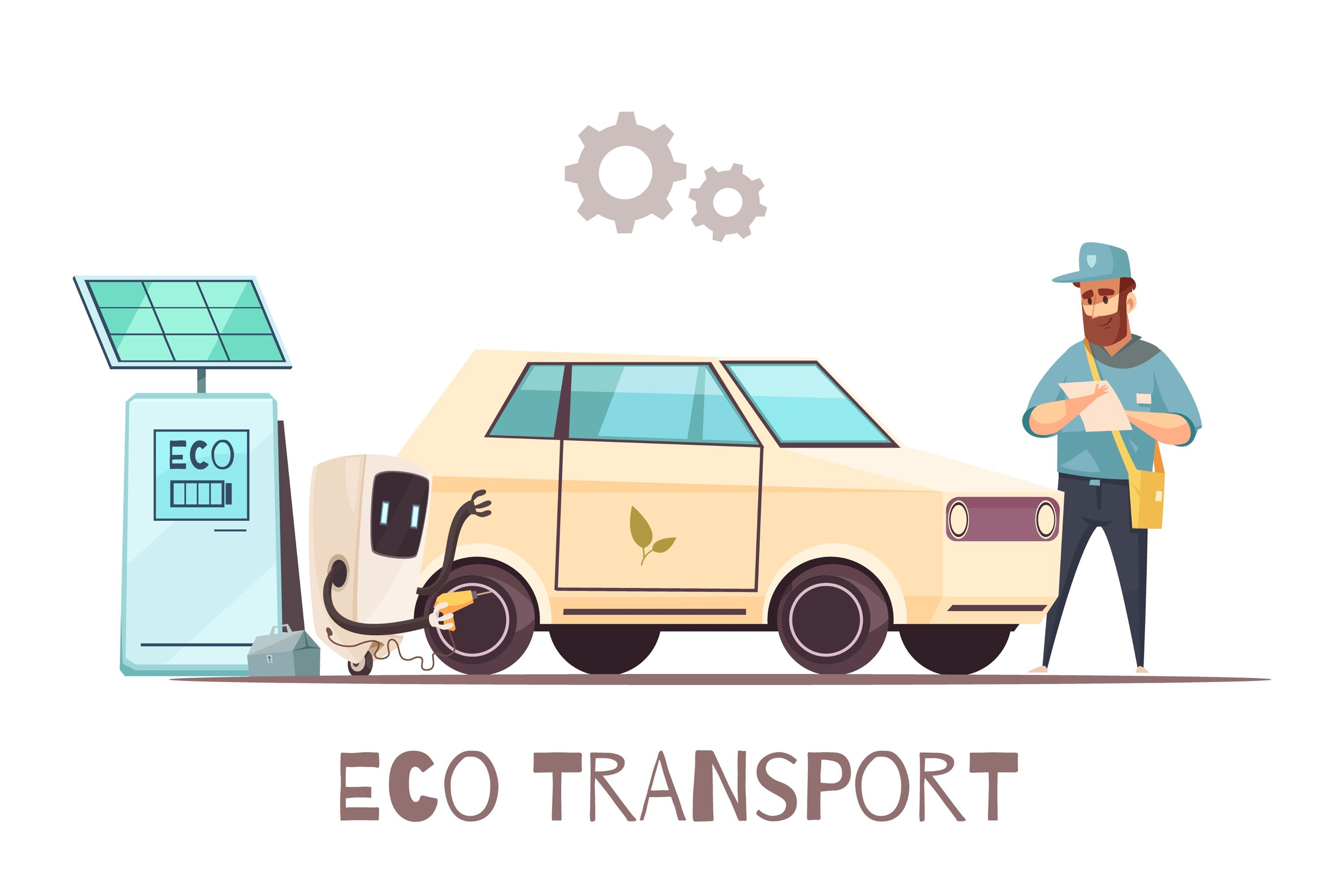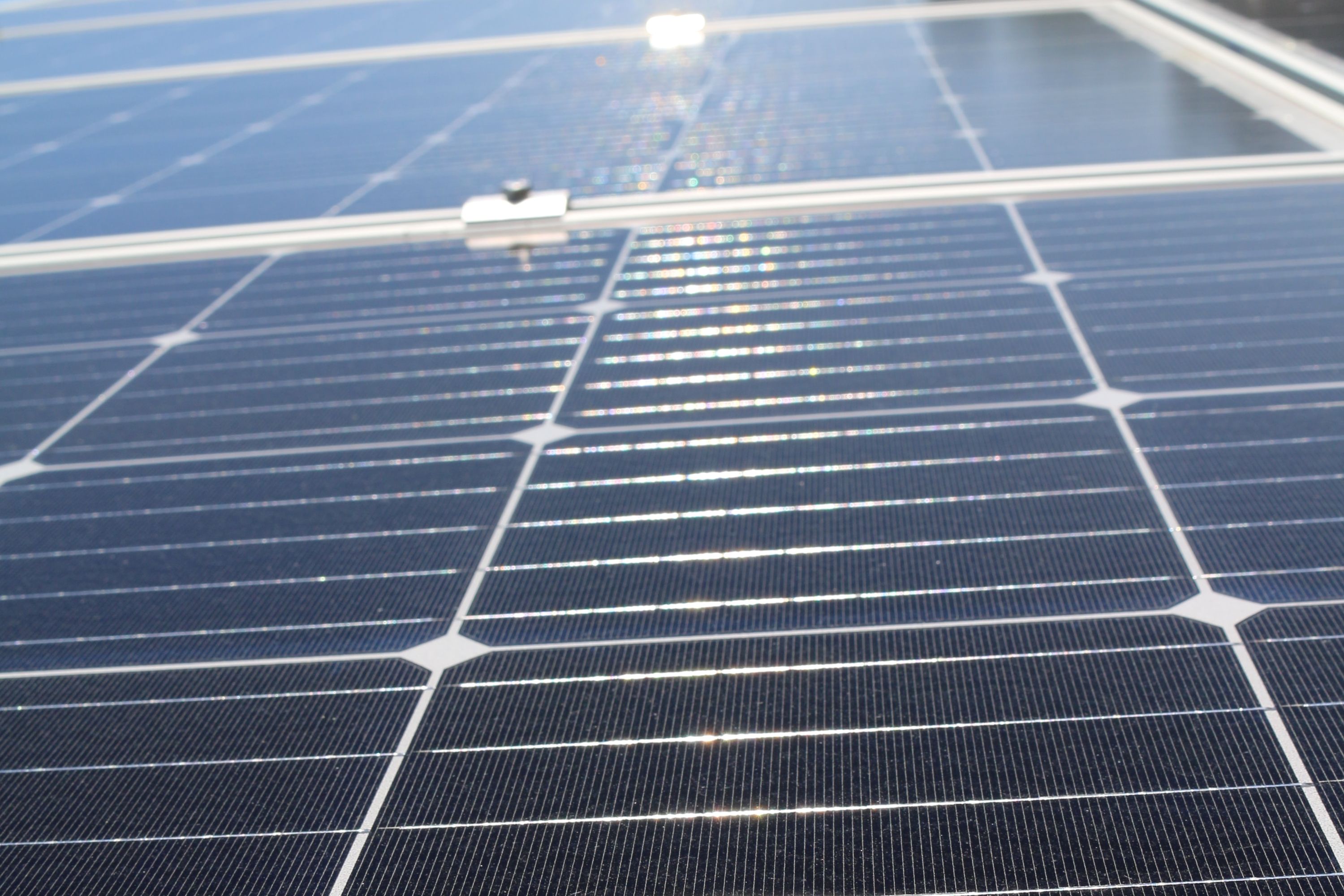
Electric vehicles are among the greenest technology in the world, so it only makes sense that we should combine them with another established green tech - the results: a solar car battery charger. This really does take things to the next level, since much of the electricity we draw from the grid is actually produced using fossil fuels. This means that EVs are still responsible for some of the air pollution we are struggling to deal with. By going completely off grid power, they become true zero-emission, eco-friendly vehicles. It may still be a while before we have an electric car with built-in solar panels, although the idea of solar panel cars has been around for quite some time already.
Solar Panels and EV Chargers
Before combining technology, it is important to know how both parts work. Solar power has been around for a while now, so most people are familiar with how a solar panel system functions. Essentially, one or more panels are affixed to the roof of your home or another surface that receives a lot of sunlight. However, these panels only generate electricity and cannot store it. This means it has to be used immediately or stored in a solar battery.
On the other hand, EV chargers are an essential piece of equipment if you plan to own an electric car. Sure, you could rely purely on public charging stations, but these are more expensive and less convenient to access. Luckily, chargers aren't overly expensive and can connect to a standard household outlet. There is also the option to upgrade to a faster Level 2 charging unit, though it requires additional equipment and specialized cables to be installed at your home or place of work.
Combining Solar Panels with Electric Car Chargers
If you want to recharge your EV using solar power, it is not as simple as strapping a few panels on top of your Tesla. In fact, it's not something you should DIY at all. Both the panels and charging point should be installed by professionals, so it only makes sense that putting a system in place to create a solar EV charger is the business of experts, too. Don't mistake charging a fully electric automobile via solar panels with using solar battery chargers for cars, as these are not the same thing. Solar panels for vehicles are simply meant to maintain the charge on a 12 V battery that is used to power on-board devices, not propel an entire vehicle.
So, how do you combine solar panels and EV chargers? First of all, you will need to plug the rooftop solar panels into a PV charge converter, which will transform the photovoltaic energy into direct current. This is then connected to your household power grid, though you could reserve it for your charging port only. How quickly a solar charger "refuels" your electric car will depend on the number of panels and the type of wall unit you have installed. These models range from three kilowatts all the way up to 22 kW, though the latter are prohibitively expensive. Depending on the capacity of your car battery, you may want to opt for a larger unit to ensure you have enough kilowatt hours (kWh) to ensure you can fill up your car while the sun is out. Alternatively, you could add battery storage to the system, allowing you to save the power generated to charge your car overnight. If you're really plugged in to the alternative energy scene, you may even have a completely solar house with Powerwall technology from Tesla, which also serves as overcharge protection.
It does help to know exactly how much time it takes to charge an electric car. The calculation is pretty simple: you just divide the capacity of the car battery by the output of the charging unit. As mentioned above, you may have a basic 3 kW unit. When charging a Nissan Leaf, with a 40-kilowatt-hour battery, this would take 13 hours to charge from completely. By comparison, a Tesla Model Y has a 75 kWh battery, so it would take more than a day. However, few people will run their battery completely flat between uses, and making use of a public fast-charging station from time to time shouldn't be too expensive or inconvenient.
The Benefits of Recharging With Solar Power
There are several clear benefits that come from relying on solar panels to charge your car battery. These include:
- Long-term savings: The most obvious plus is that you will almost never need to draw from the national power grid again to charge an electric car. This equates to significant savings over the course of a lifetime. It is definitely a cheap way to efficiently fill up your car. You could also add a car-charge maintainer to the equation, which means that once the battery is charged, it will stop drawing power, allowing you to use the excess power around your home, sell it, or store it in a battery for later use.
- Convenience: Solar panels can be installed and integrated anywhere that there is sunlight. This means you don't need to drag a gas-guzzling rent-a-car to your uncle's cabin in the woods. If there is a solar roof panel or two, you can safely drive your EV out into the woods without fear of being left stranded without access to the national grid.
- Extra-green: Apart from the financial savings you enjoy when separating from the electrical grid, utilizing solar energy is just another way to take care of the environment. The sun is perhaps the greenest power source available to us, since it does not require building clunky wind turbines or dams. We should definitely be taking as much advantage of it as possible.
It’s Going to Cost You
Going green may often save you money in the long run, but it is seldom, if ever, cheap at the beginning. The price of swapping to solar power can be crippling at first, so be sure to work out your exact energy needs beforehand. A small 3 kW system, as mentioned above, can cost around $6k including installation, while a larger 8 kW setup averages out at around $25k. On top of this, you will also need a solar EV charger converter, which can cost close to $10k. However, there are numerous benefits that go along with installing sustainable energy production, including:
- State incentives - These may be once-off reductions on the initial installation cost, or ongoing payments for living green.
- Added home value - Houses with built-in energy production have a much higher resale value.
- Eventual income - It may take as long as 20 years or more for solar panels to completely pay for themselves, but after that, they may actually earn you money by selling excess power back to the city.
- Clear conscience - You can't really put a price tag on the knowledge that what you are doing is having a positive impact on the environment.



